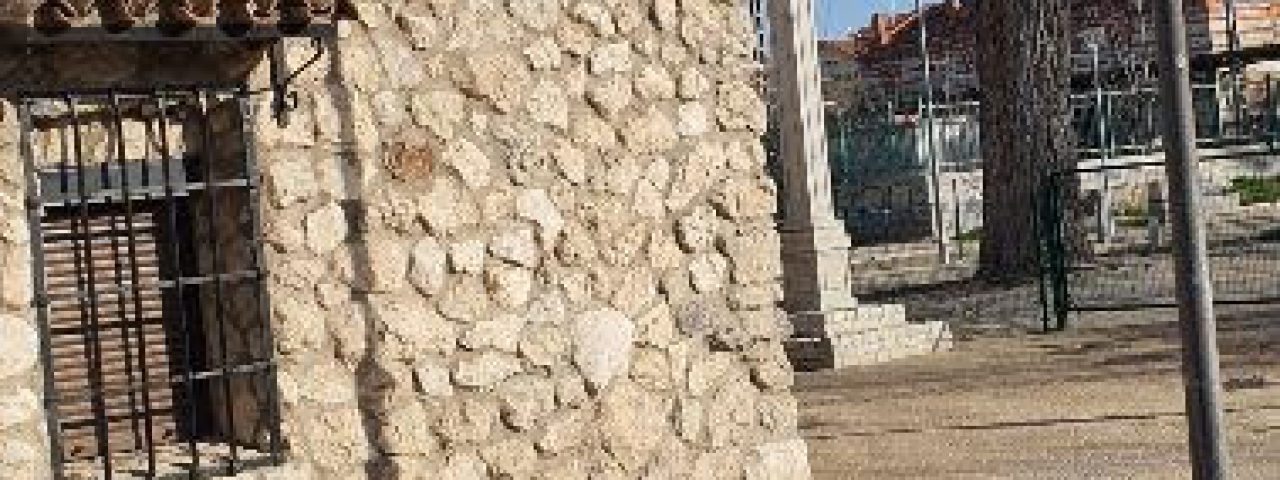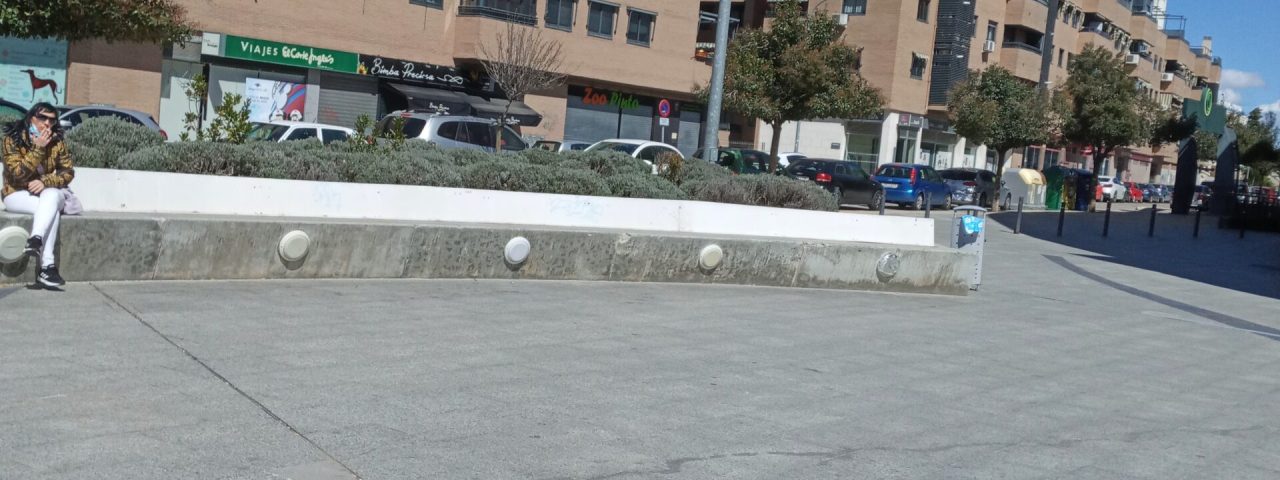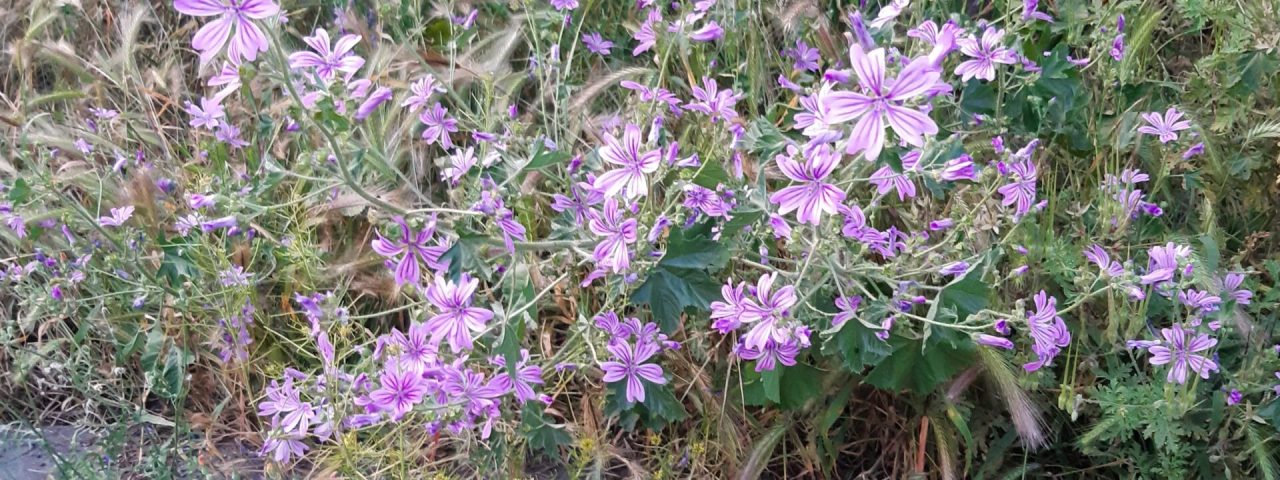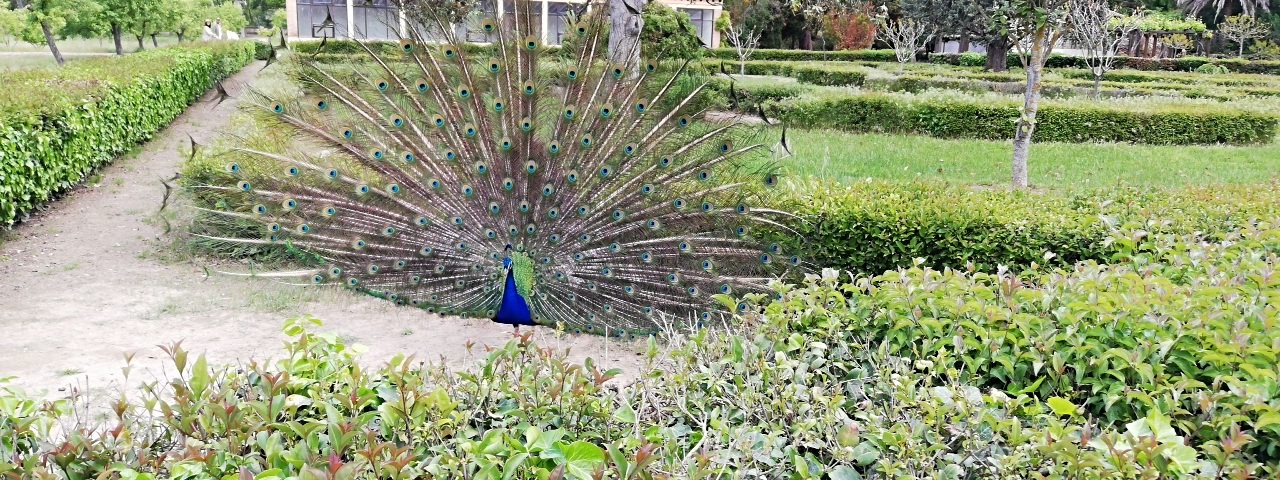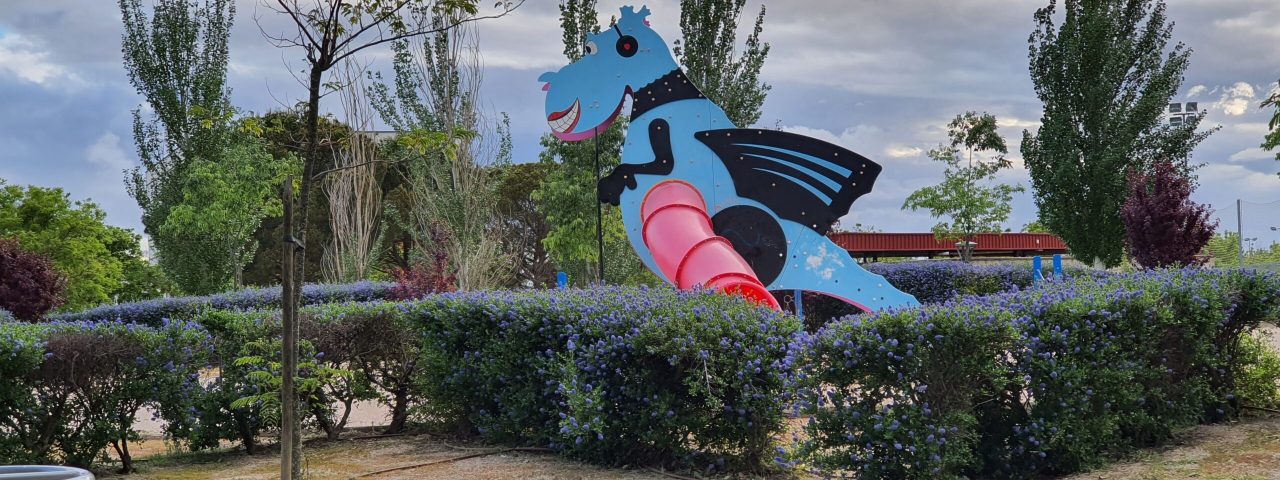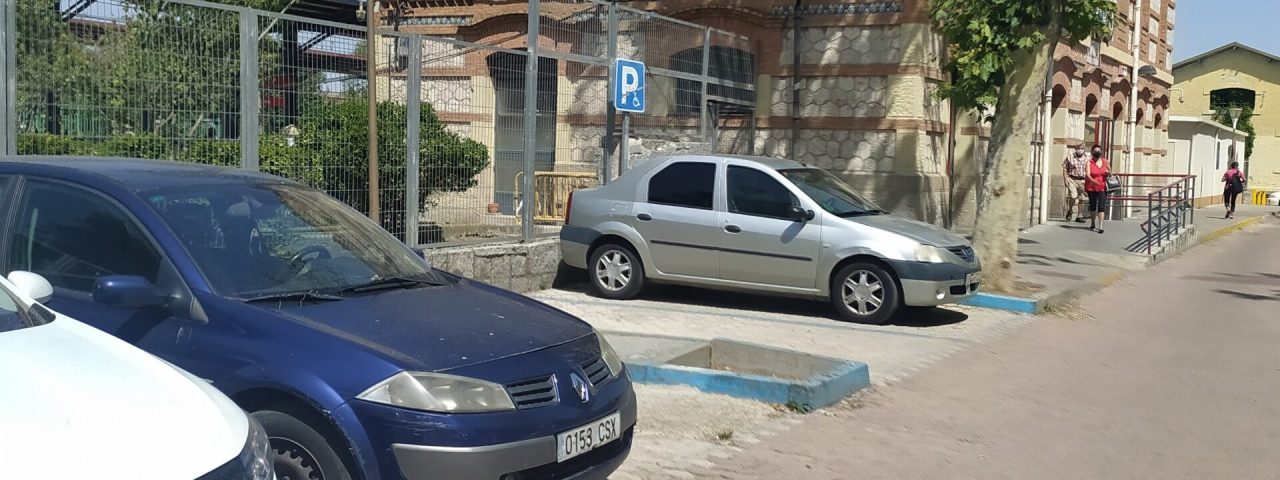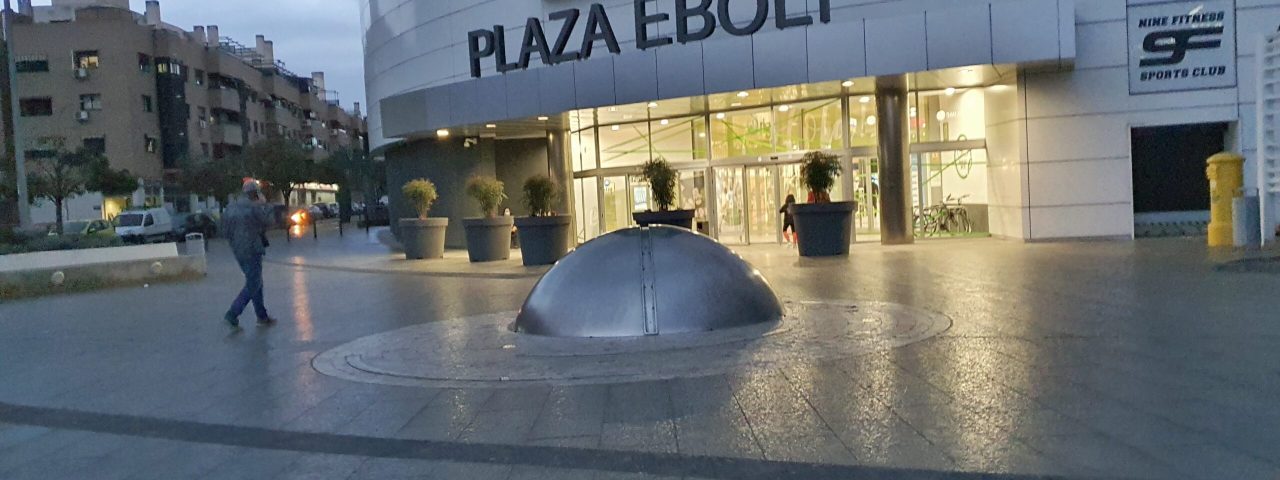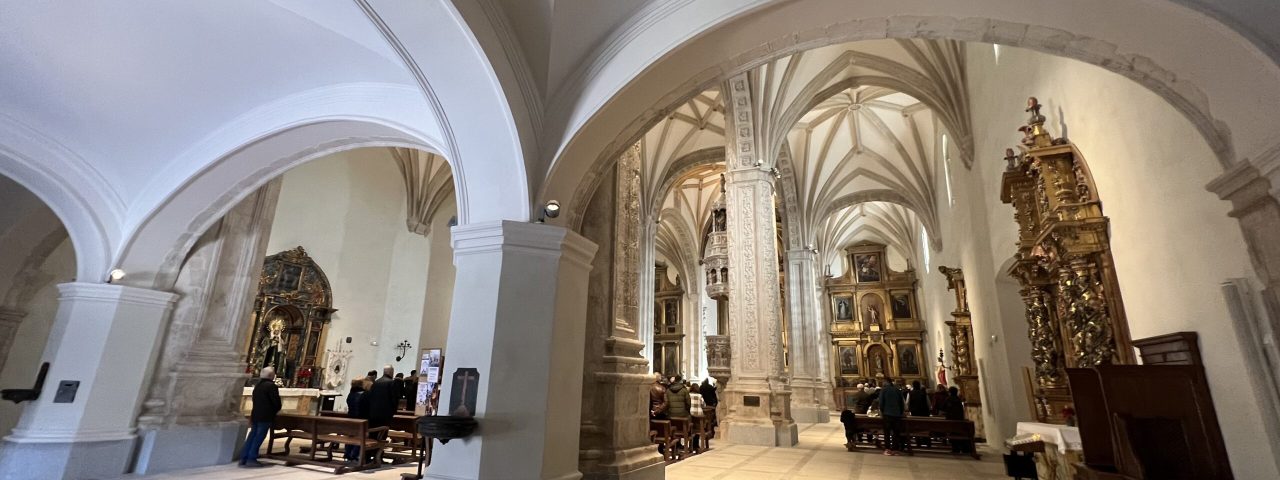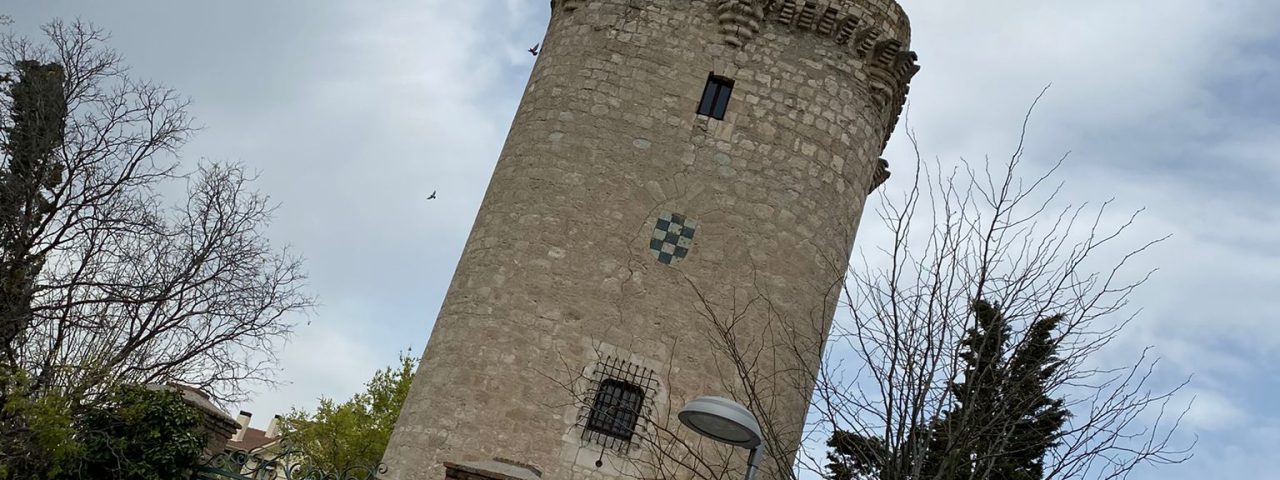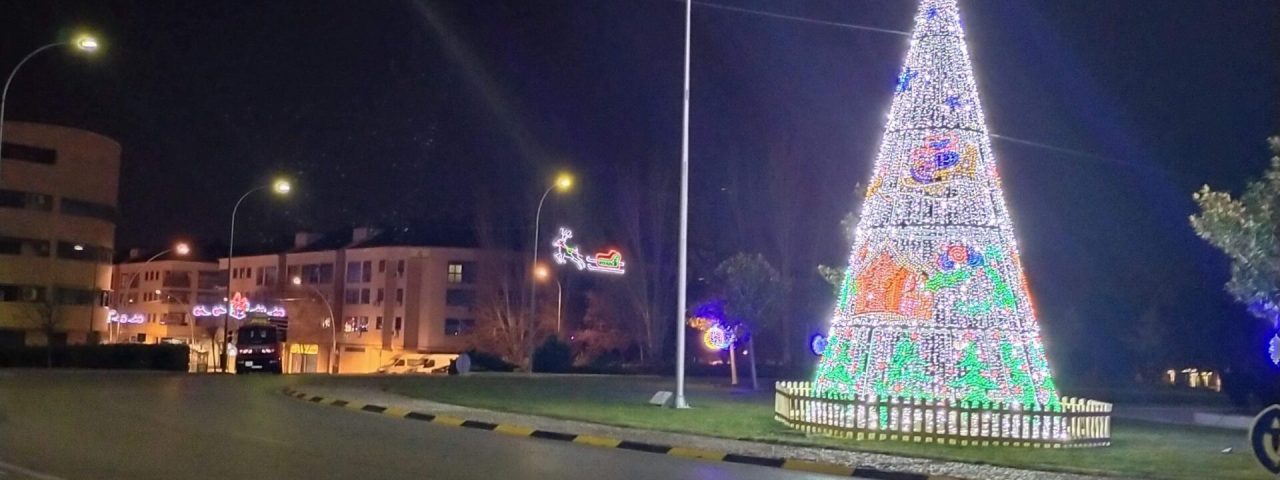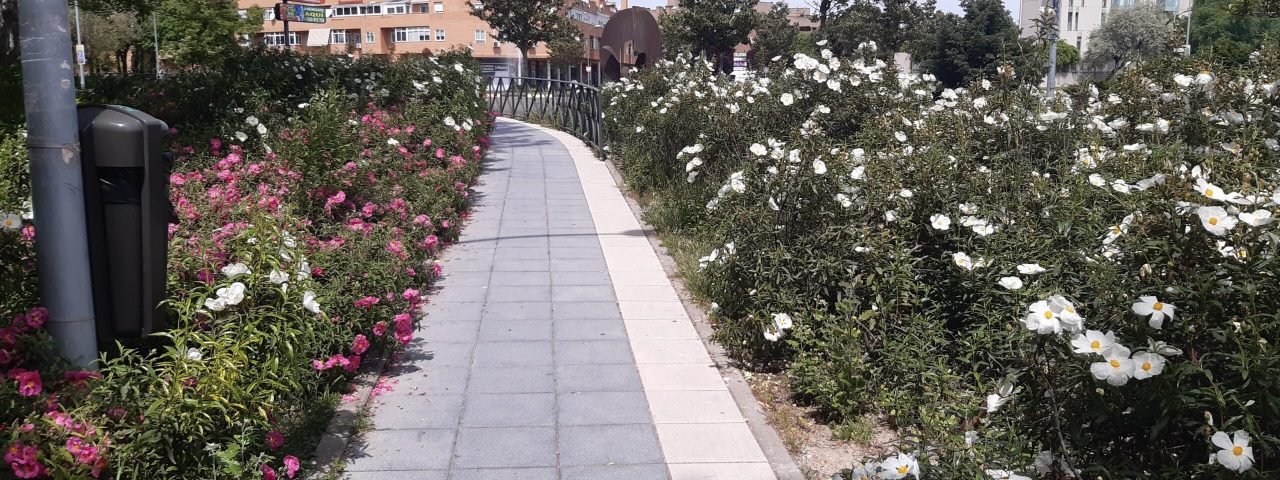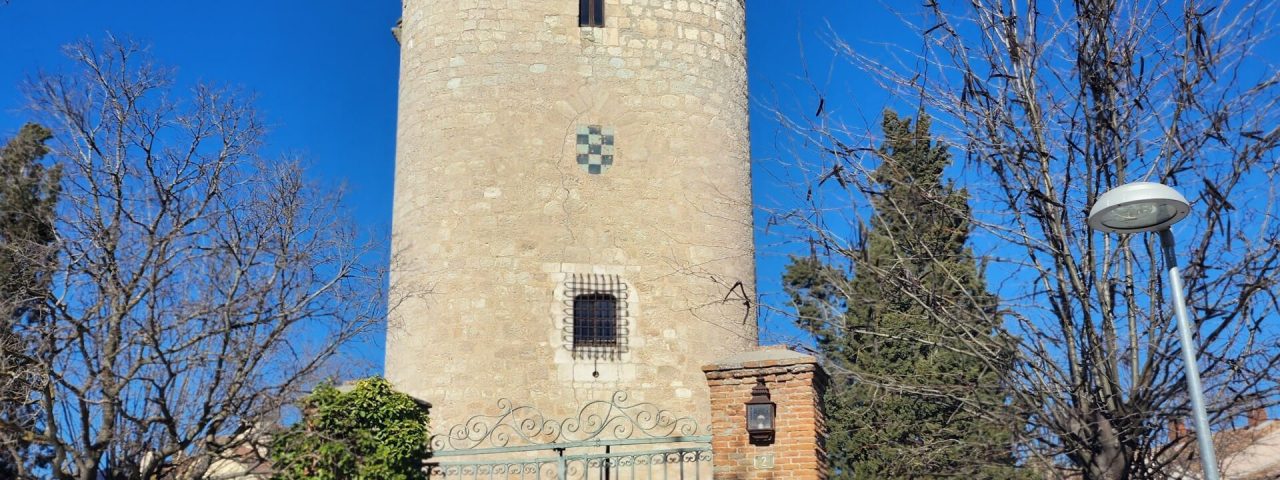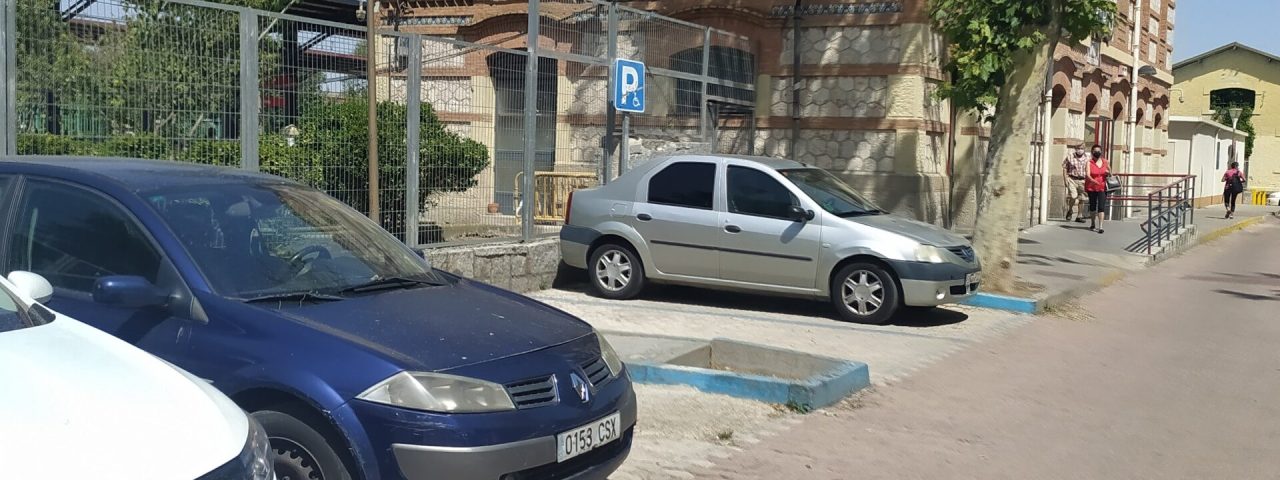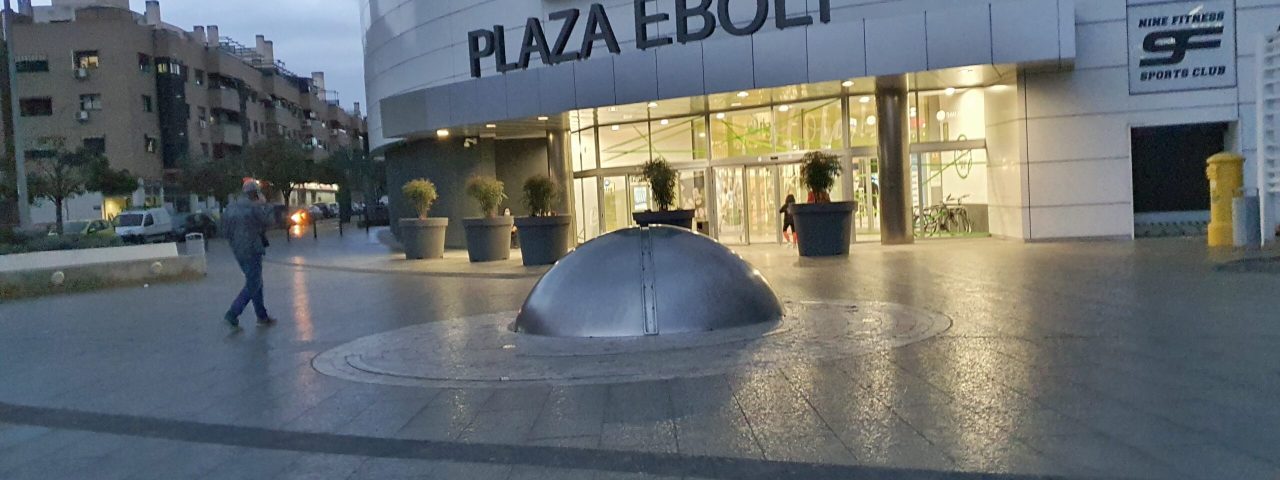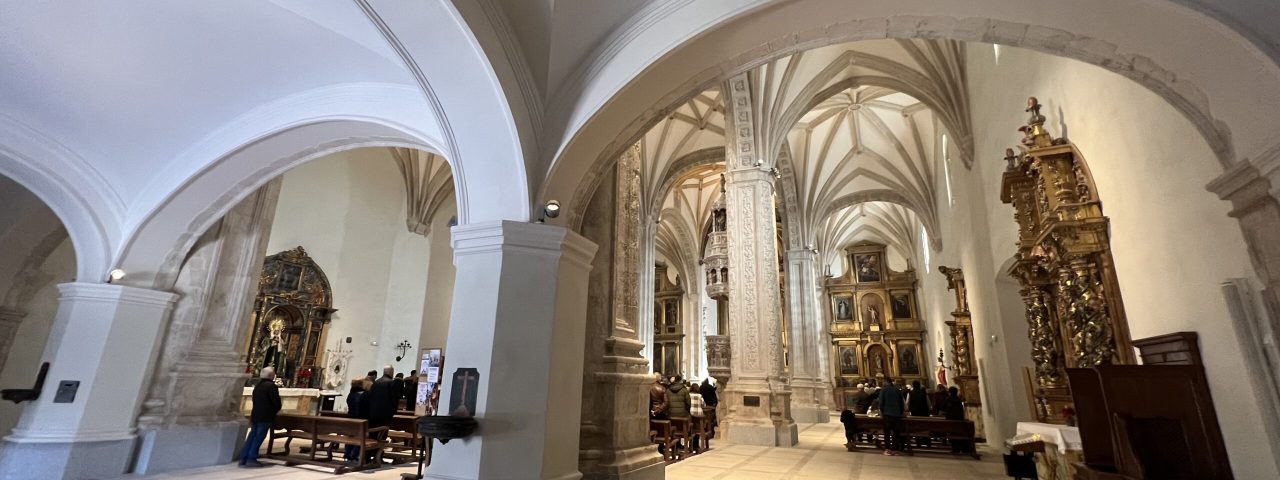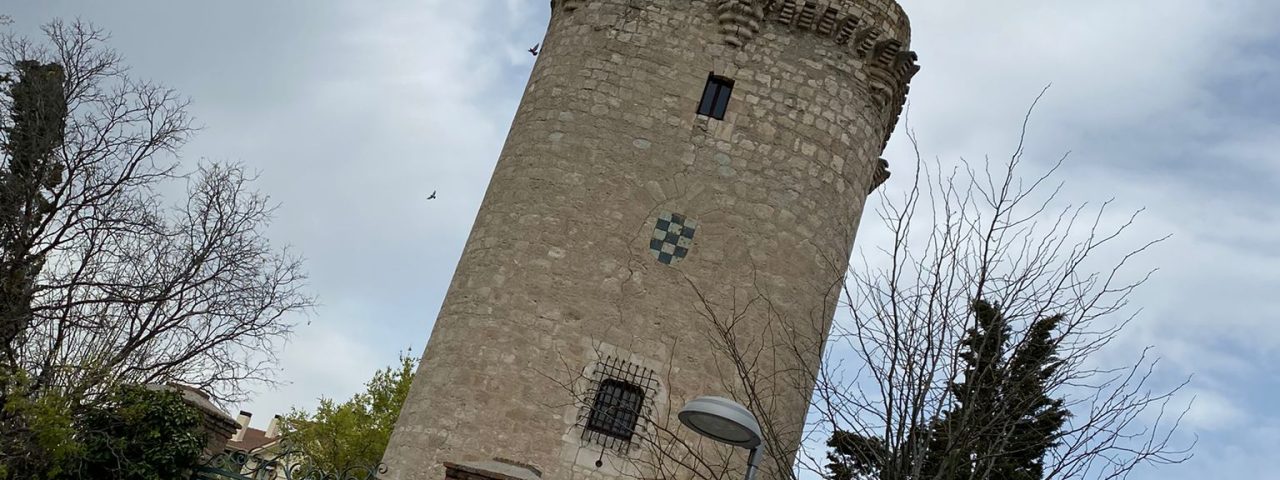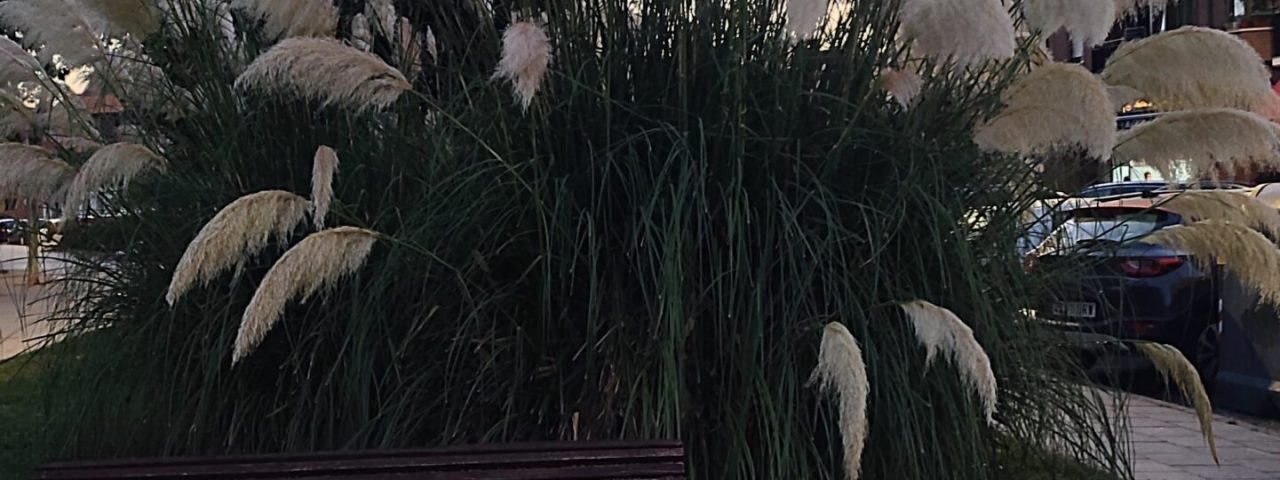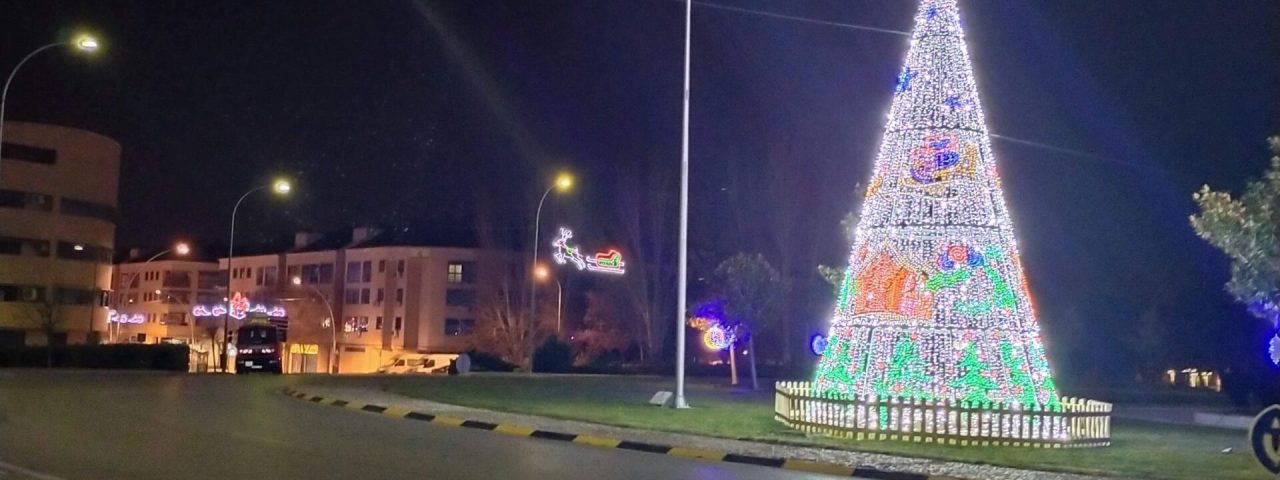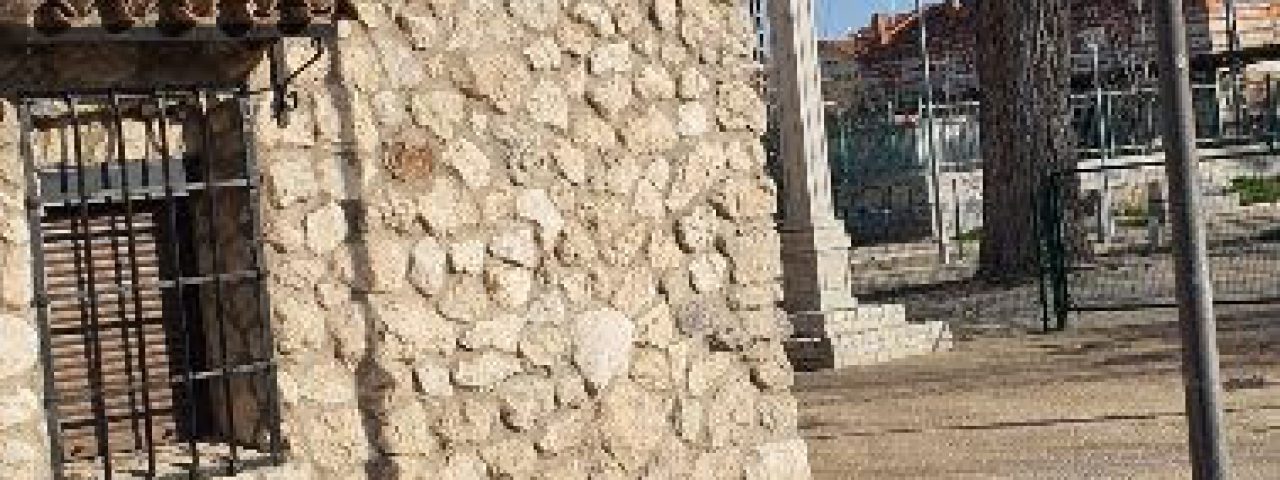Pinto has a rich and varied history that dates back to Roman times. It was once believed to be the geographic center of the Iberian Peninsula, a distinction that has shaped its cultural significance throughout the centuries. The city has passed through several hands, including the Moors during the Islamic period, before being reclaimed by Christian forces during the Reconquista. These historical transitions have left a lasting mark on the city, visible in its architecture and cultural traditions.
Culturally, Pinto celebrates a number of annual festivals, with the most notable being the Fiestas de Pinto in August, a lively celebration featuring parades, fireworks, and local music. Religious processions, particularly during Holy Week, are also a key part of the city’s cultural identity, attracting locals and visitors to witness these moving and traditional events. Pinto’s calendar is filled with cultural festivities, art exhibitions, and local markets, making it a lively place for visitors seeking to immerse themselves in Spanish traditions.
Local customs in Pinto also reflect a deep sense of community, with a focus on hospitality and welcoming outsiders. The city’s blend of historical influences—Roman, Moorish, and Christian—has led to a diverse cultural landscape where visitors can experience different aspects of Spanish history and tradition in one place.
